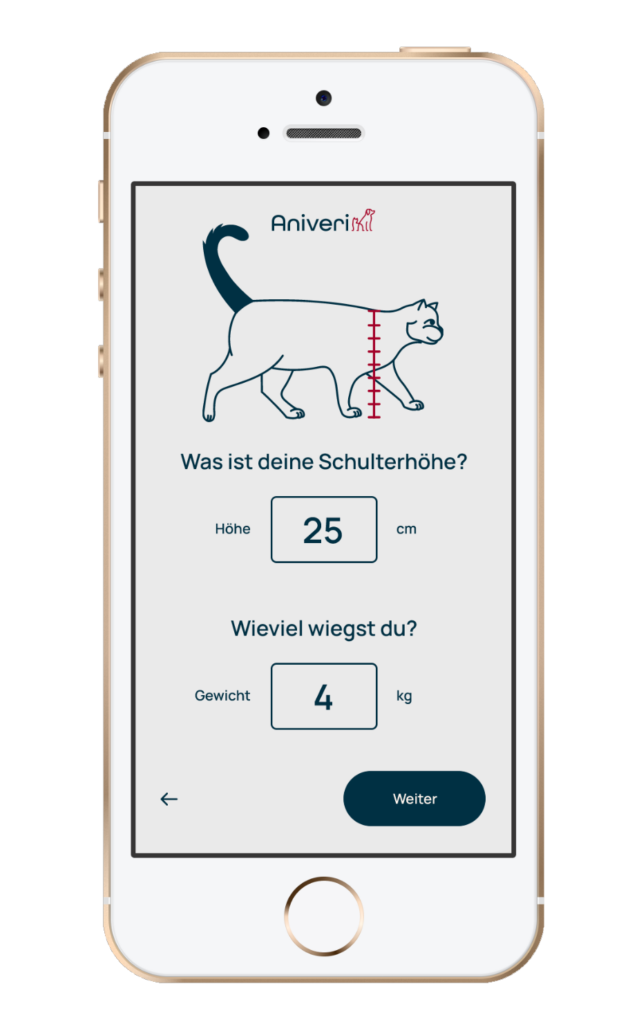
Coming Soon: Individual feed plans for pets!
Aniveri creates individual feed plans for pets at veterinary quality level with the help of big data, AI algorithms and our laboratory analysis method.
Individual feeding plan
Based on data / evidence-based, according to FEDIAF standards, coverage of all micronutrients (minerals, fatty acids, amino acids, etc.).
Laboratory analytics
Laboratory analysis to determine the actual micronutrient status and precise adjustment of the parameters to the animal.
Data processing AI
Artificial intelligence to process the data and improve the results including possible interfaces to partners.
